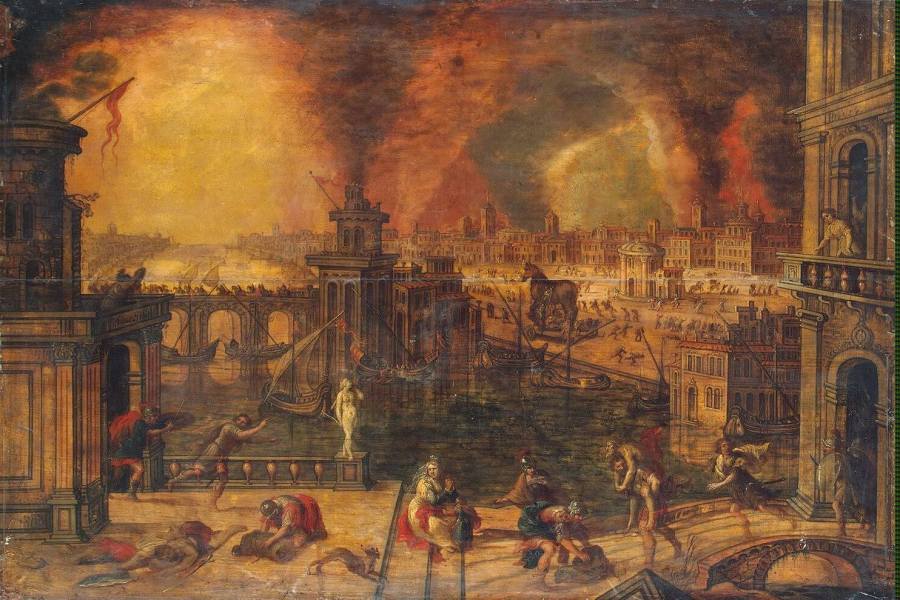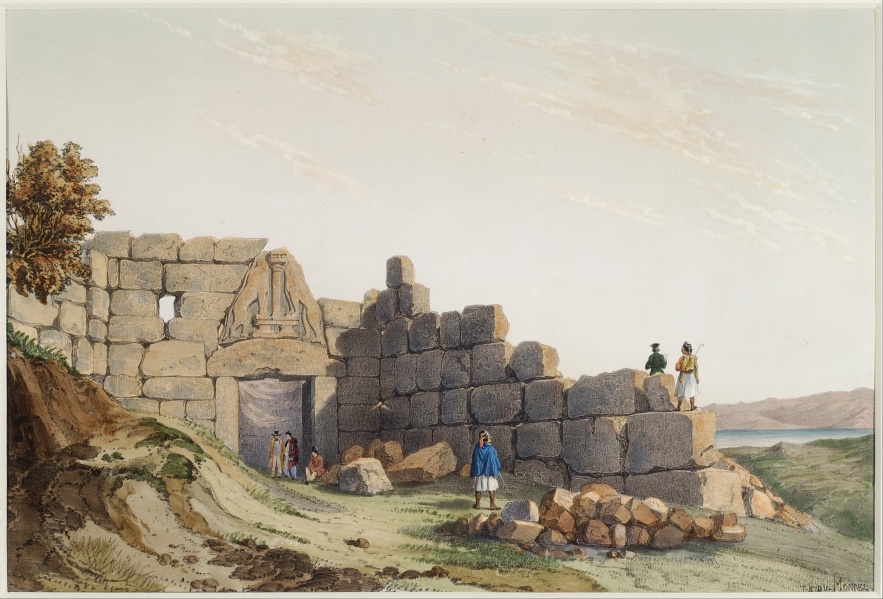A brief overview of Greek History. Part 4- Fall of Mycenae.
Unlike the Minoans or the inhabitants of the Cyclades, we don’t have a well-timed volcano eruption to explain the fall of Mycenae. But we do know that the civilization did fall, and paved the rise of the Hellenes were so familiar with today. So here’s a list of some of the most prevalent explanations for the demise of Mycenae.
1: The Dorian Invasion.
The one backed by Greek sources, 19th-century scholars and the one that I personally subscribe to. Herodotus and Euripides talk about the sons of Heracles returning to the island and invading the Peloponesse. According to this theory, a Hellenic, or Hellenistic people invaded the most of mainland Greece, sacking many cities and burning down Mycenae, and eventually founding (or appropriating) the cities of Corinth and Sparta. This is backed by ancient sources, the fact that there’s a linguistic difference between the Ionic/Aeolic dialect (Athenians, Thebes Cyclades, Miletus) and the Doric Dialects (Sparta and Corinth).
2: The Sea Peoples.
Remember the Philistines? Well, they were active around the same time as the fall of Mycenae and it wasn’t just the ancient Israelites who had to deal with them. The great and rival empires of the Hattusa and the Egypt both struggled to drive back groups of mysterious sea invaders who eventually settled down in southern Palestine. It’s quite possible that the Myceneans broke down under the same pressure as well. This theory is eminently compatible with the previous one since it’s also possible that the Philistines /were/ the Myceneans who had been displaced by the Dorian invasion. There certainly is a similarity between early Philistine and Mycenean pottery.
3: Hierarchy
Another theory postulates that the strict hierarchy of the Myceneans collapsed after famines impoverished the lower classes. Personally, this strikes me as reading a few too many modern assumptions into the ancient world though it would explain the more egalitarian nature of Greek world (egalitarian meaning egalitarian for free men of noble birth, but that’s pretty egalitarian by the standards of the ancient world).
4: Birth rate and infrastructure.
I haven’t been able to get that much data on this one, so I assume it’s a fringe opinion, but I do remember my Greek History Professor, bringing this up as an example of some of the ludicrous theories that spring out of the minds of desperate academics looking for tenure, According to him the theory postulates that the birth rates got so high the Myceneans were unable to maintain their infrastructure. “It’s ridiculous,” he said, “So we have too many babies and now we’re not able to maintain the roads!”
There are also theories that blame climate change, but I’m not sure how seriously one can possibly take those. Every era turns up a certain crop of scholars who project the problems of their own era onto the past.



